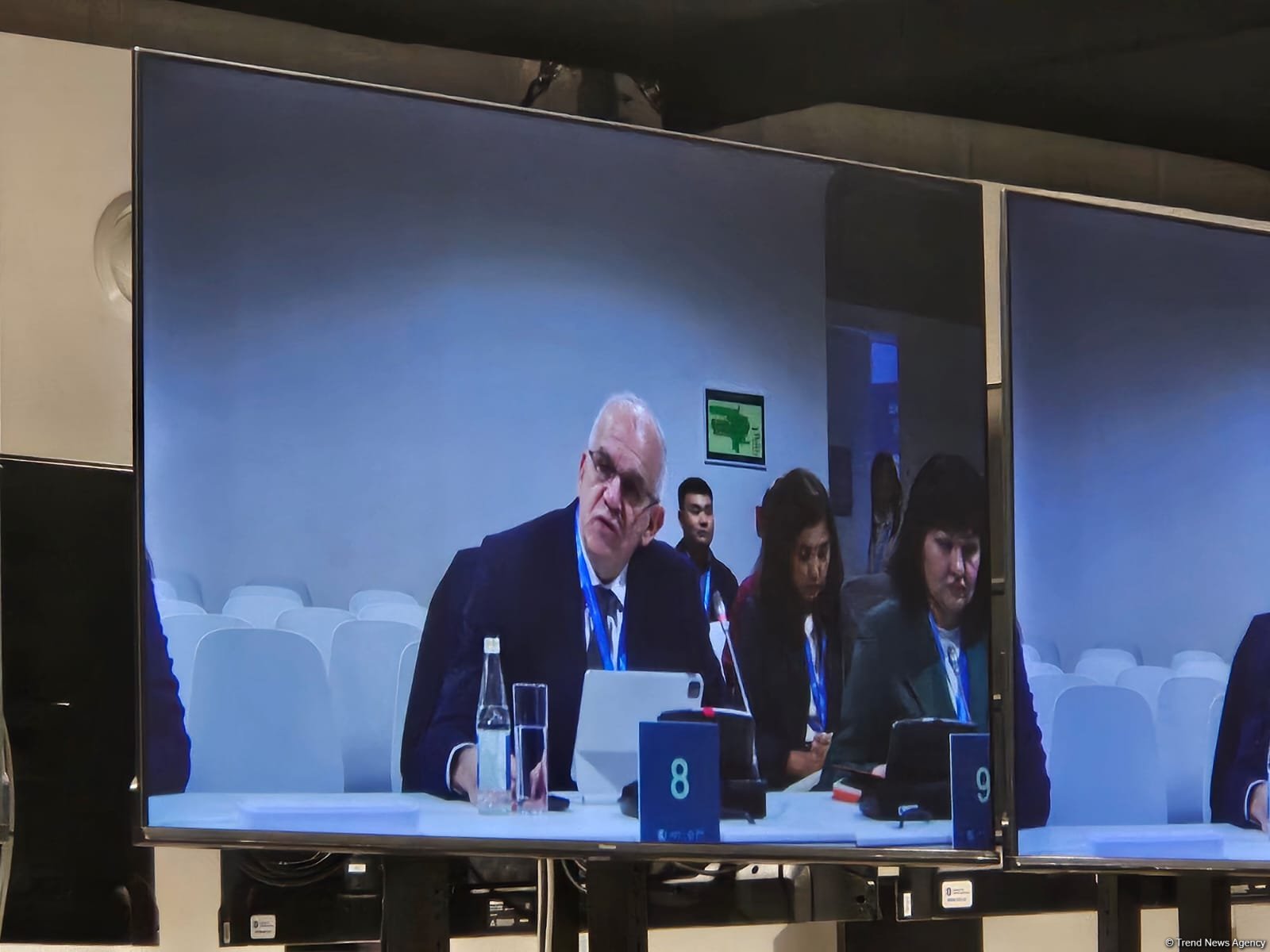BAKU, Azerbaijan, November 16. We are pleased to announce that currently 30 percent of the World Bank's climate finance is directed to projects related to the sustainability of transport infrastructure, the Director of the World Bank for Infrastructure in Europe and Central Asia Charles Cormier said at the event on “Strengthening Climate Resilience and Sustainable Development in Landlocked Developing Countries (LLDCs): Challenges and Opportunities,” Trend reports.
He noted that in 2017, the figure was only 10 percent.
“LLDC economies depend on transportation infrastructure and connectivity to enable trade, develop supply chains, and connect communities. Central Asia, on the other hand, faces increasing climate risks, including floods and wildfires. For example, floods in Kazakhstan alone caused the economy to lose 0.5 percent of GDP in 2019. If the resilience of transport infrastructure is not improved, losses could reach 1.3 percent of GDP by 2060,” he said.
Cormier also highlighted that funding for adaptation remains inadequate.
“It is estimated that up to $239 billion is needed annually for
adaptation, but so far we are only seeing a third of that amount.
Meanwhile, only two percent of climate finance is allocated to
transport adaptation," he explained.
According to him, to address the problem, the World Bank is
actively working to engage the private sector and expand climate
finance in collaboration with other international financial
institutions.
“We continue to invest in cross-border projects such as the Trans-Caspian Corridor, which includes rail, road, and sea transportation across the Caspian and Black Seas. These efforts will help improve LLDCs' economies and their resilience to climate change,” he added.
To note, the 29th session of the Conference of the Parties to the UN Framework Convention on Climate Change (COP29), which will run until November 22, opened at the Baku Olympic Stadium on November 11. It is the largest event organized by Azerbaijan to date, and the first time in the region that it is being held in Azerbaijan.
Within COP29, the highest level event - the summit of world leaders on climate action – was held on November 12–13.
The main expectation from COP29 is to agree on a fair and ambitious New Collective Quantitative Goal (NCQG) on climate finance. The COP29 chairmanship has launched 14 initiatives that include linkages between climate action and the Sustainable Development Goals, including green energy corridors, green energy storage, harmony for climate resilience, clean hydrogen, methane reduction in organic waste, action on green digital technologies, and other topics.
In addition to being a top priority that creates the conditions for action, creating climate finance will also help fulfill the 1.5°C pledge by bringing everyone together.
The UN Framework Convention on Climate Change is an agreement signed at the Rio Earth Summit in June 1992 to prevent dangerous human interference in the climate system. The acronym COP (Conference of Parties) stands for “Conference of Parties” and is the highest legislative body overseeing the implementation of the Framework Convention on Climate Change.
A total of 198 countries are parties to the Convention. Unless otherwise decided by the parties, COP is held annually. The first COP event was held in March 1995 in Berlin, and its secretariat is located in Bonn.
Stay up-to-date with more news on Trend News Agency's WhatsApp channel







